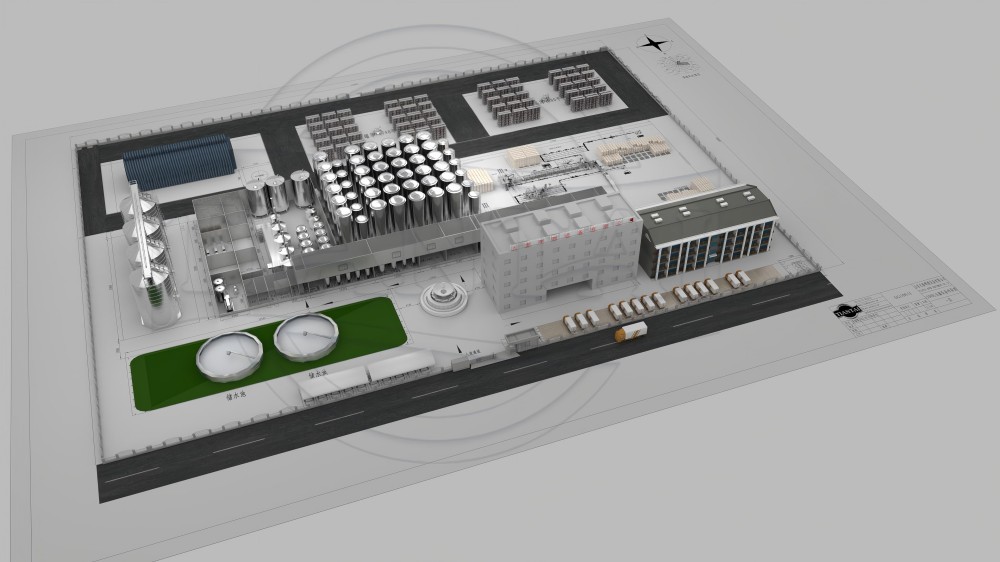
The aim of the mashing process is to provide as much soluble material as possible in the wort while avoiding undesirable characteristics. There are two basic types of mashing: leaching mashing and boiling mashing. Different mashing processes are used around the world, depending on local traditions, the quality of the malt, the equipment used and the style of beer being brewed. During production, the extract mashing process is carried out from start to finish without boiling, and enzymes begin to break down the main part of the malt, the "starchy endosperm". The starchy endosperm consists of a cell wall framework made of hemicellulose, which is filled with starch granules in a protein matrix. The germination and mashing process breaks down the proteins, hemicellulose and starch into smaller portions that can be dissolved and washed away during the ejection process to form wort.
Deduction mashing
Boiling mash is the name given to the traditional temperature procedure mash used by traditional continental brewers in beer production. The brewing process consists of removing a percentage of the mash from the mash vessel, heating it to 100°C (212°F) in the mash digester, and then boiling it for a short period of time. After a period of time, the boiled mash is returned to the mash vessel and heating is initiated during the mixing process. For example, a portion of the 45°C (113°F) mash can be removed from the mash vessel, boiled, and then returned to the mash vessel. By stirring the mash vessel, the temperature of the mixed mash will rise to the desired mash temperature of 65°C (149°F). This process can be done multiple times so that the mash reaches multiple temperature points. The decoction and mashing can be a "once", "twice", or even a "thrice" decoction process, the latter of which has become quite rare.
Leach mashing
In the UK, most malt liquors are brewed by mashing, which involves mashing good quality malt and holding it at a temperature of approximately 65°C for at least 1 hour, during which time maltose and other substances are released from the malt by the action of enzymes. The leaching mashing method is characterised by the fact that the malt syrup is not boiled from start to finish, the various substances are only leached out by the action of enzymes and the wort retains a certain enzymatic activity until it is boiled. According to whether auxiliary materials are added in the mashing process, it can be divided into single-mash leaching method and double-mash leaching method. Depending on whether there is a temperature change during mashing, it can be divided into single-step leaching mashing and multi-step leaching mashing, also known as constant temperature leaching mashing and heated leaching mashing.
With so many different types of brewing equipment and beer transfer devices designed into the commercial brewing process, there are many opportunities to manage and optimise fluid transfer for better tasting craft beer.
Still have a problem on choosing the brewery equipment? We can help with your final decision. If you are looking for a turnkey solution for craft beer brewing system, please contact us. We are looking forward to working with you. Send an email now: [email protected]


.jpg)





Get A Quote